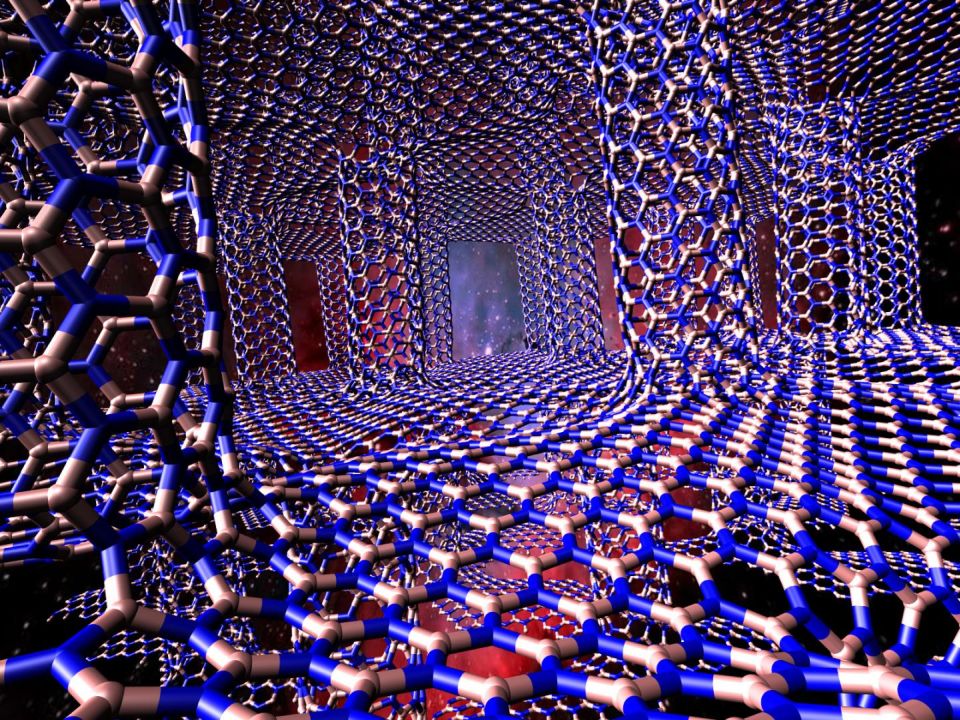-
Tips for becoming a good boxer - November 6, 2020
-
7 expert tips for making your hens night a memorable one - November 6, 2020
-
5 reasons to host your Christmas party on a cruise boat - November 6, 2020
-
What to do when you’re charged with a crime - November 6, 2020
-
Should you get one or multiple dogs? Here’s all you need to know - November 3, 2020
-
A Guide: How to Build Your Very Own Magic Mirror - February 14, 2019
-
Our Top Inspirational Baseball Stars - November 24, 2018
-
Five Tech Tools That Will Help You Turn Your Blog into a Business - November 24, 2018
-
How to Indulge on Vacation without Expanding Your Waist - November 9, 2018
-
5 Strategies for Businesses to Appeal to Today’s Increasingly Mobile-Crazed Customers - November 9, 2018
3D White Graphene Could Make Tuneable Fan-Free Cooling For Electronics
Researchers from Rice University made an innovative solution to get rid of the problems that plague electronics for years.
Advertisement
Often viewed by experts as a miracle material, graphene may eventually become a replacement for silicon as the foundation of electronics because of its electrical conductive qualities.
Now with White graphene variety, they could generate machines that can work overtime without overheating. However, heat only moves quickly in one direction along a plane and not across layers. According to their recent experiments in the laboratories at Rice University, developing a new 3D white graphene structures that contain boron nitrade nanotubes can help it conduct the heat without any limitations.
Advertisement
According to the scientists, white graphene, also known as hexagonal boron nitride, looks exactly like regular graphene. Researchers at Rice University said that a 3D modification of this graphene material can be used to revolutionize the way we cool our gadgets. One well-studied difference is that h-BN is a natural insulator, where ideal graphene presents no barrier to electricity. Both graphene and h-BN, however, are good conductors of heat, which indicate that the latter would be an ideal material to be used for controlling the production of heat within electronic devices. Next, the researchers calculated how these phonons will be using nano-tubes of various densities and lengths for moving across the four different structures. The two scientists theorized that a 3D structure constructed of boron nitride could direct heat flow, thus optimizing cooling in technological devices, Tech Times reported. They found the junctions of pillars and planes acted like yellow traffic lights, not stopping but significantly slowing the flow of phonons from layer to layer, Shahsavari said. Shorter ones slowed heat conduction while longer ones speed it up. “This type of 3-D thermal-management system can open up opportunities for thermal switches, or thermal rectifiers, where the heat flowing in one direction can be different than the reverse direction”, Shahsavari explained. “This can be done by changing the shape of the material, or changing its mass – say one side is heavier than the other – to create a switch”. A property the researchers from Rice wanted to investigate in 3D arrangements. Heat will always have a preference for flowing in a certain direction but flow in the other direction will be slower.




























